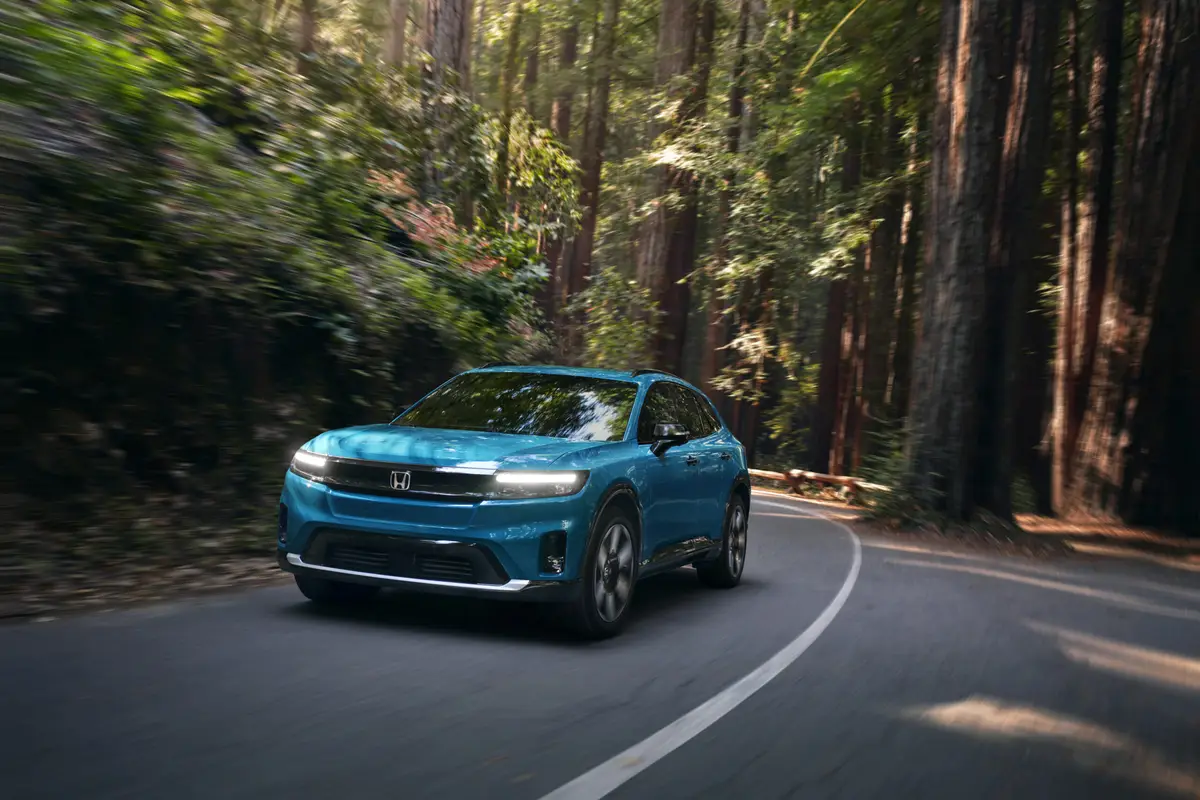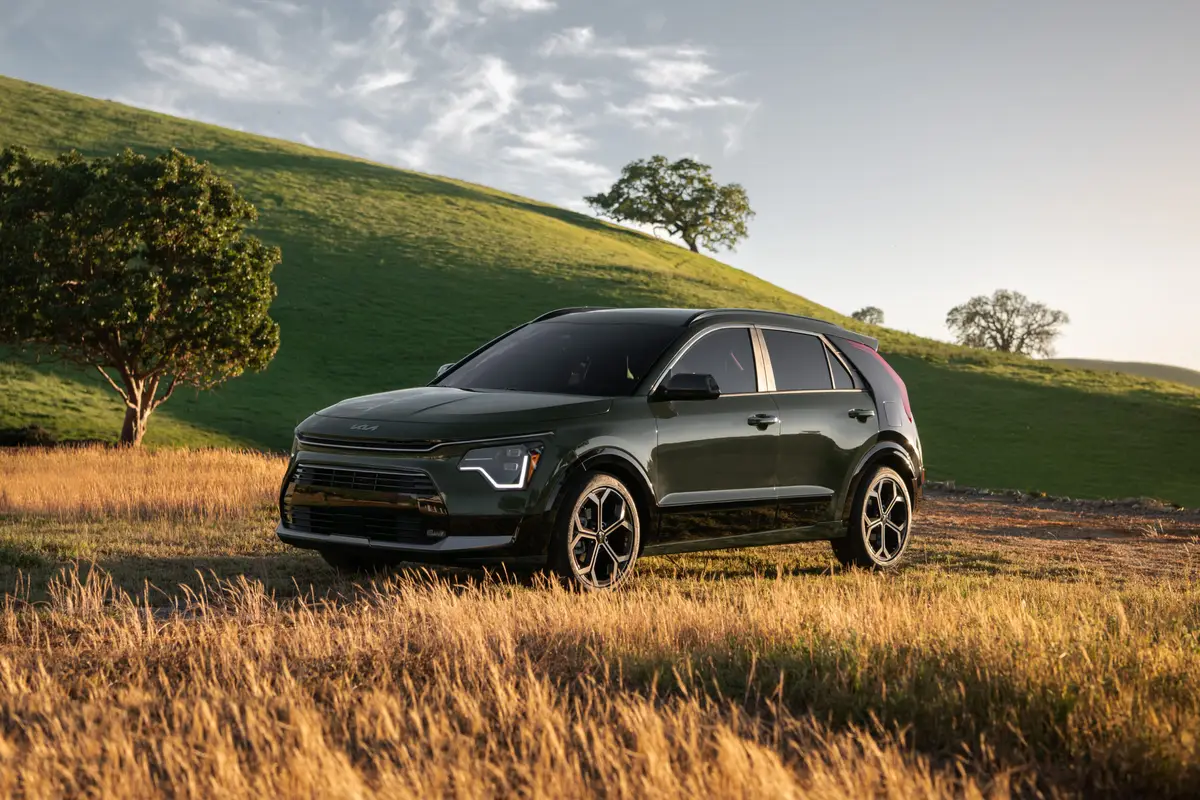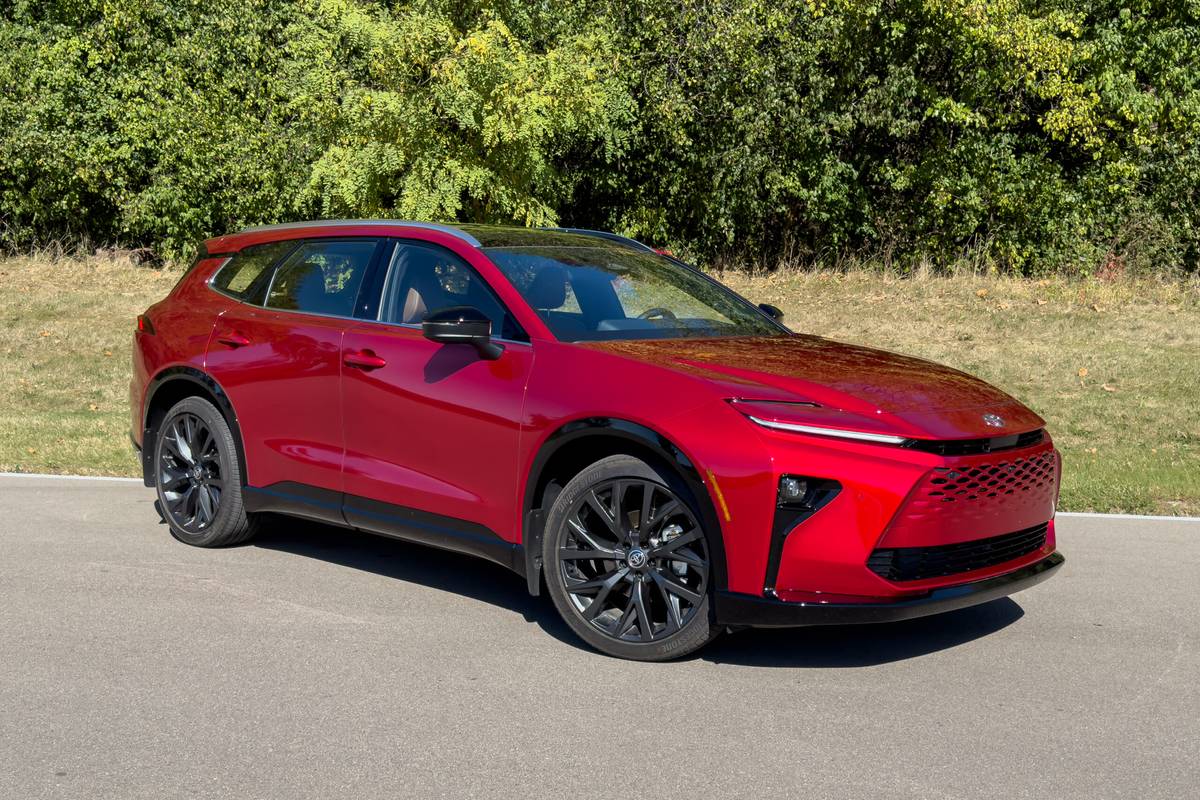The Morning Call and Mcall.com's view
Okay, this ’70s nostalgia thing has gone too far.
Bell-bottoms have weaseled their way back into the nation’s fashion consciousness. Polyester, too, fills the nation’s clothing racks under the label, wrinkle-free. Disco music, filled with one-hit wonders such as Andrea True Connection (and their hit “More, More, More”) or Anita Ward (“Ring My Bell”) fill the airwaves.
Of course, this has all come before. But Americans tend to have short memories.
Just like three decades ago, many drivers are infatuated with large vehicles that weigh at least two tons and struggle to reach 15 mpg on the highway. They seem blissfully unaware that one angry OPEC oil minister shutting off the spigot can send oil prices spiraling.
Until polyester, disco music, oil and a love of large cars disappears entirely, one can step right up to another long-forgotten ’70s relic — the Monte Carlo.
Now, NASCAR fans will probably take offense at this label. But aside from the name and to some extent the shape of the sheet metal, the race car and road car share little. If you have any doubts as to this car’s true intentions, check out the badge on this car, resurrected from the ’70s-era Monte. Ditto the round tail lamps, even though they’re housed on a blobby ’90s-era cover. The sheet metal tries valiantly to serve the masters of NASCAR, while at the same time, recalling the Monte’s glory days.
The styling does turn heads, whether it’s good or bad. This is a love-it or hate-it type of thing. The size and lines of the car are typical of Detroit: going-for-baroque.
At first, I truly thought this was one of the uglier cars I have seen in my life. But then, the contrarian in me saw that this wasn’t just another Euro- or Asian- wannabe. It’s large, lumpy and American and proud of it. I’ve actually come to appreciate how it stands apart in a crowd of jelly beans.
Just like the ’70s, this car seems different, but isn’t. It shares its platform with the new Impala. So it’s a front-driver in two trim levels, base LS and sportier SS. Aside from some trim differences and larger tires, the biggest difference between the two is engines.
The LS gets a 3.4-liter V-6, while the SS gets GM’s larger 3.8-liter OHV V-6. Power differences aren’t as different as you might suspect. The 3.4 has 180 horsepower and 205 pound-feet of torque versus the 3.8’s 200 horsepower and 225 pound-feet of torque. They deliver the peak power as identical points in the rev band.
Power is quite good at most speeds, but, off the line, it doesn’t have the snap one might expect. But there’s still more than enough motivation to get one across the intersection first in the stoplight grand prix. It’s sure to beat all those soccer moms in their SUVs.
The 3.4-equipped test car has a nice engine note when revved, that settled down at cruising speed. There was some road and tire noise, but otherwise it was quiet. Handling was pretty good, with a snubbed-down ride and quick steering allowing the driver to toss this hoss around pretty easily. The steering has some weight to it, but it has a numb feel. And while the suspension is snubbed down, it’s not sporty. There’s still a trace of wallow when stopping.
Stopping however is improved over the last car. Four-wheel-disc brakes with anti-lock are standard. Traction-control isn’t available on the LS; it’s standard on the SS.
Up front, bucket seats seem comfortable, if a bit short on the seat cushion. Over time, they tend to put your backside to sleep, but they were otherwise supportive and comfy. Leg room is good up front as well. The back seat is pure ’70s vintage GM. Getting to it means ducking under the seatbelts. Once seated, you’ll find a low short seat and compartment trim that feels every bit like a Chevy. That said, there’s a lot more space in the cabin over the previous model, so actually carrying people back there is more than theoretical.
Amenities are about what you would expect. Power windows/l ocks/mirrors, AM/FM cassette, intermittent wipers, air-conditioning, cruise control and a tilt wheel are all standard. The test car carried $1,502 worth of options, including dual-zone climate control, keyless entry, a cargo net, power driver’s seat electrochromatic rearview mirror and an optional AM/ FM/CD 6-speaker stereo system. The stereo was somewhat tinny, but then again it was only $123.
The trunk is exceptionally roomy, although a fat bumper and high lift-over mean some muscle will be needed to get the cargo into the 15.8 cubic foot trunk.
Niceties abound, and like most GM cars of late, this one seems a decent value for the money, especially if you’re a diehard NASCAR fan.
But it’s the car’s old-fashioned American values that make this car interesting.
So, if the crushed velour seats are truly crushed, and your ol’ Monte seems ready to meet the crusher, try this dollop of ’70s nostalgia. There’s little like it around, right now. And even if shag carpeting or fake wood trim isn’t available, just slip a CD of the Bee Gees’ “Stayin’ Alive” into the sound system and cruise on down the road. You’ll know it’s the ’90s. You’ll get 22 miles to the gallon.
Maybe this ’70s nostalgia isn’t so bad after all.
>> 2000 Chevrolet Monte Carlo
Vehicle type: Mid-sized 2-door coupe
Engines: 3.4-liter OHC V-6 or 3.8-Liter OHV V-6
Transmission: 4-speed automatic
Wheelbase: 110.5 inches
Length: 197.9 inches
Curb weight: 3,340 pounds
Cargo volume: 15.8 cubic feet
Tires: P225/60R16
Base price, test model: $19,290
As tested: $21,352
EPA rating: 20 mpg city, 32 mpg highway
Test mileage: 22 mpg
Fuel type: Regular
>>
Latest news



